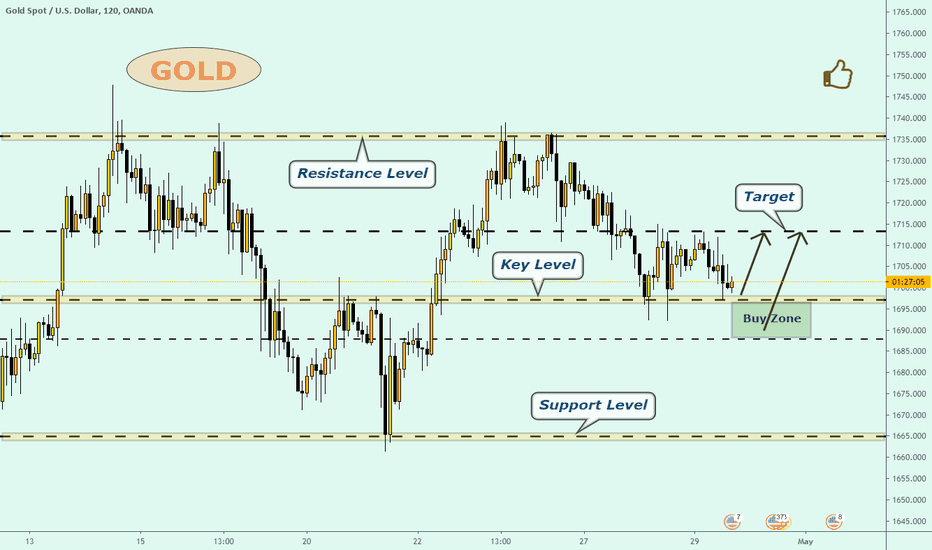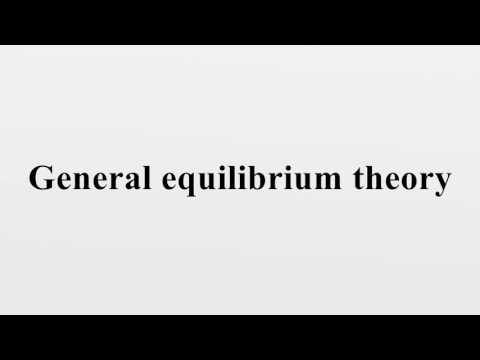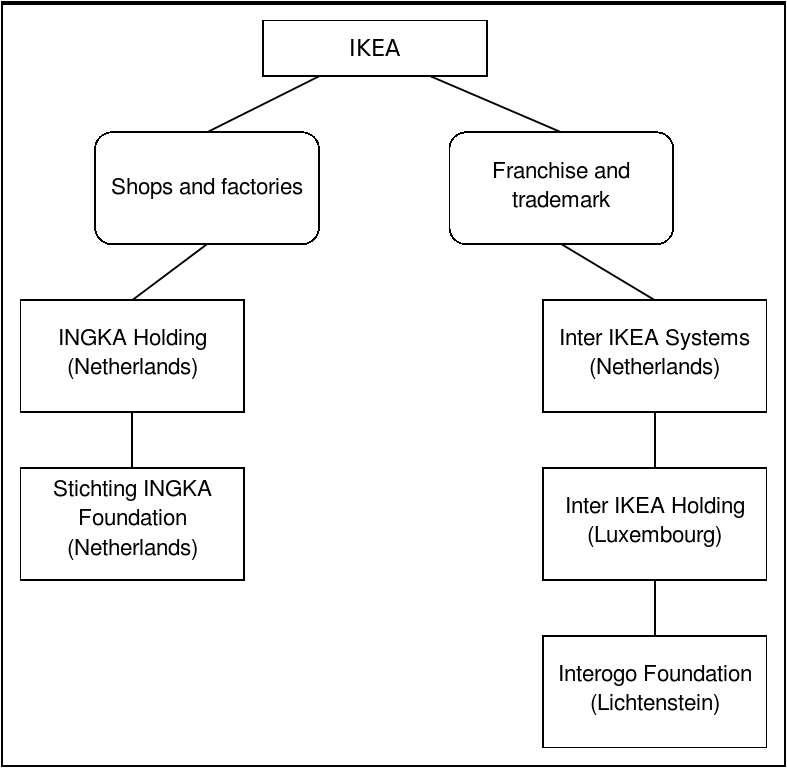How to Interpret a Correlation Coefficient r


Calculating the correlation coefficient for these variables based on market data reveals a moderate and inconsistent correlation over lengthy periods. The correlation coefficient indicates the extent to which the pairs of numbers for these two variables lie on a straight line. Values over zero indicate a positive correlation, while values under zero indicate a negative correlation. Later, when the regression model is used, one of the variables is defined as an independent variable, and the other is defined as a dependent variable.
- If correlation coefficient value is positive, then there is a similar and identical relation between the two variables.
- A correlation coefficient is also an effect size measure, which tells you the practical significance of a result.
- Covariance is an evaluation of the directional relationship between the returns of two assets.
- Values at, or close to, zero indicate no linear relationship or a very weak correlation.
- In a linear relationship, each variable changes in one direction at the same rate throughout the data range.
Take for example recent research into the topic of “global warming,” also known as “climate change.” The theory goes that an increase in greenhouse gases in Earth’s atmosphere will cause the planet to heat up. Correlation is typically used to assess the connection between two variables being studied. For example, a researcher might decide to use correlation to assess the connection between students’ sleep habits and their GPA. They might survey 100 students and ask them to report their GPA and the number of hours they sleep on an average night. Afterward, a correlation coefficient can be calculated and interpreted, as discussed in the following sections. The standard deviations of the population \(y\) values about the line are equal for each value of \(x\).
Correlation and Causation
You’ll find exactly the same value as the example as I wrote above on Pearson section. Because we have double data or double rank, we need to use the correction factor using the following formula. Well, based on the calculation, we found the correlation value between science score and math score is -0.66. The results will display the correlations in a table, labeled Correlations. Where cov is the sample covariance of x and y; var is the sample variance of x; and var is the sample variance of y. To find the slope of the line, you’ll need to perform a regression analysis.
The \(p\text\) is calculated using a \(t\)-distribution with \(n – 2\) degrees of freedom. Analysis of correlation is one of the most favorite indicator analyses. If you are analyzing two variable and switch them, it won’t affect the correlation value. For example, the correlation value of age and height is 0.9. Otherwise, the correlation value of height and age is still 0.9. Just put the simple formula, block the correlation variable, and hit enter.
If you have a linear relationship, you’ll draw a straight line of best fit that takes all of your data points into account on a scatter plot. There are many different correlation coefficients that you can calculate. After removing any outliers, select a correlation coefficient that’s appropriate based on the general shape of the scatter plot pattern. Then you can perform a correlation analysis to find the correlation coefficient for your data.

And the highlighted cell below shows that the correlation between “hours spent sleeping” and “IQ score” is 0.06, which indicates that they’re basically not correlated. There is very little association between the number of hours a student sleeps and their IQ score. In statistics, we’re often interested in understanding the relationship between two variables.
Examples on Correlation Coefficient
The statistical probability principle can be employed to further understand the relationship between the two variables. If the correlation coefficient is high (.9), the statistical probability that the relationship between the two occurred by chance is very low. If the correlation coefficient is low (.1), the statistical probability interpreting correlation coefficient that the relationship between the two variables occurred by chance is high. In some cases, when the variables under study are unclear or obscure, we may need to analyze them further with such techniques. In statistics, the correlation coefficient indicates the strength of the relationship between two variables.
Using the same return assumptions, your all-equity portfolio would have a return of 12% in the first year and -5% in the second year. These figures are clearly more volatile than the balanced portfolio’s returns of 6.4% and 0.2%. For example, assume you have a $100,000 balanced portfolio that is invested 60% in stocks and 40% in bonds.
Years of Education and Age of Entry to Labour Force Table.1 gives the number of years of formal education and the age of entry into the labour force , for 12 males from the Regina Labour Force Survey. Both variables are measured in years, a ratio level of measurement and the highest level of measurement. All of the males are aged close to 30, so that most of these males are likely to have completed their formal education.

Before jumping into the hypothesis test, let’s sum up the above in the following formualtion. Correlation is a statistical measure of how two securities move in relation to each other. In this case, our columns are titled, so we want to check the box “Labels in first row,” so Excel knows to treat these as titles. Then you can choose to output on the same sheet or on a new sheet.
If correlation coefficient value is positive, then there is a similar and identical relation between the two variables. Else it indicates the dissimilarity between the two variables. For example, the highlighted cell below shows that the correlation between “hours spent studying” and “exam score” is0.82, which indicates that they’re strongly positively correlated. More hours spent studying is strongly related to higher exam scores. As more than 80% of the variability is yet unexplained, there must be 1 or more other relevant factors that are related to interstitial leakage. This would indicate a relationship between the two variables.
The Pearson correlation coefficient is a descriptive statistic, meaning that it summarizes the characteristics of a dataset. Specifically, it describes the strength and direction of the linear relationship between two quantitative variables. The correlation coefficient can be further interpreted by performing additional calculations, like regression analysis, which we won’t discuss in detail in the current tutorial.
From the following examples, relatively small sample sizes are given. The Pearson correlation coefficient can also be used to test whether the relationship between two variables is significant. The formula is easy to use when you follow the step-by-step guide below.
You are unable to access statisticsbyjim.com
When ‘r’ approaches to the side of + 1 then it means the relationship is strong and positive. By this we can say that if +1 is the result of the correlation then the relationship is in a positive state. 2) The sign which correlations of coefficient have will always be the same as the variance. 1) Correlation coefficient remains in the same measurement as in which the two variables are.
Correlation Coefficient Properties
The given equation for correlation coefficient can be expressed in terms of means and expectations. One of the easiest ways to detect a potential multicollinearity problem is to look at a correlation matrix and visually check whether any of the variables are highly correlated with each other. When two independent variables are highly correlated, this results in a problem known as multicollinearity and it can make it hard to interpret the results of the regression. The examples thus far have been fictional and of little consequence. But correlation coefficients are used by real researchers to illuminate real connections all the time.
You can learn more about the standards we follow in producing accurate, unbiased content in oureditorial policy. The value of the correlation coefficient lies between -1 to +1. It measures the bivariate pairs of observations comparative to a “gold standard” measurement. 8) We use correlation for measuring the association but that does not mean we are talking about causation. By this, we simply mean that when we are correlating the two variables then it might be the possibility that the third variable may be influencing them.
Correlation Coefficients
You can also use software such as R or Excel to calculate the Pearson correlation coefficient for you. The Pearson correlation coefficient also tells you whether the slope of the line of best fit is negative or positive. Another way to think of the Pearson correlation coefficient is as a measure of how close the observations are to a line of best fit.
Due to similarities between a Pearson correlation and a linear regression, researchers sometimes are uncertain as to which test to use. Both techniques have a close mathematical relationship, but distinct purposes and assumptions. An introduction to new robust linear and monotonic correlation coefficients. From the scatterplot, at a glance, you can see that there is a contrast correlation between price and sell products. A positive correlation is a relationship between 2 variables which the increase of one variable causes an increase for another variable. The sign of the correlation coefficient indicates the direction of the relationship, while the magnitude of the correlation (how close it is to -1 or +1) indicates the strength of the relationship.



Không có bình luận